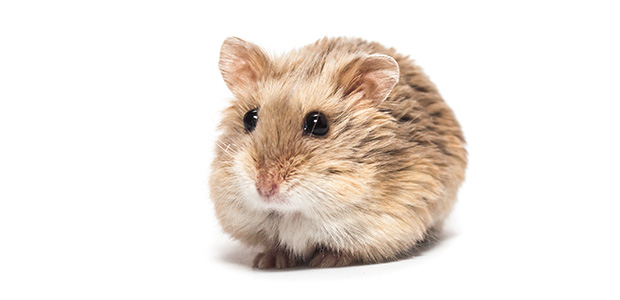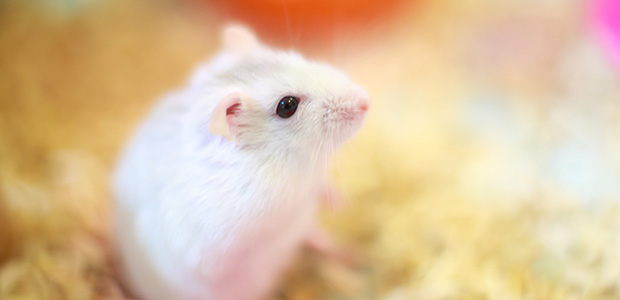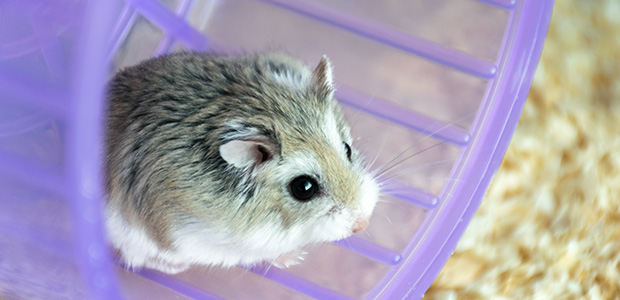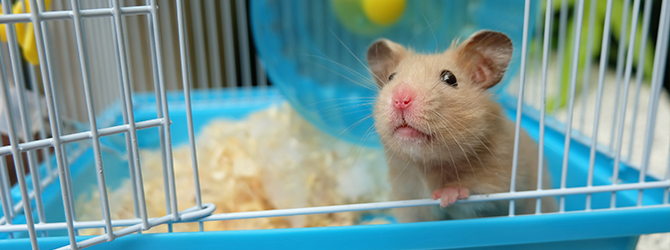Different types of hamsters: the ultimate guide
First Published: 23/01/2020
Last Updated: 10/02/2023
Hamsters are very popular pets. They come in a wide variety of colors, shapes, sizes and personalities.
There are 5 common types of hamster, 3 of which are classed as ‘dwarf’ hamsters.
If you’ve decided that a hamster is the best small pet for you, it’s useful to know the difference between the types of hamsters before you take your trip to the pet shop. Let’s take a look.
Why is it important to distinguish the different types of hamsters?
Just like dogs, the different types of hamsters have different characteristics. This can make them more (and less) suited to potential owners. For example, some hamsters like the company of other hamsters while others prefer solitude; some hamsters are bigger and easier to handle than others, and some live longer than others.
Before you welcome a hamster to your home, it’s important to make sure your new pet is suited to you and your lifestyle.
Did you know?
Hamsters are nocturnal. In the wild, they come out mainly at night or during twilight to help them steer clear of predators. Although pet store hamsters don’t have predators to worry about, they do follow the same chronobiological patterns, meaning they’ll be asleep a lot during the day.
This may make a hamster your ideal pet, especially if you and your family are out during the daytime. Alternatively, you might want to look out for a small pet that’s better suited to your lifestyle.
Read more: Hamster care guide: how to look after a hamster.
Syrian hamsters

Size: 15-17cm
Lifespan: 2-3 years
Colour: Golden Brown, Gray, Black, Yellow, Red or a mixture
Syrian hamsters are the most popular type of pet hamster. They’re also the largest (though they’re still just a few inches long) and therefore the easiest to handle.
Syrian hamsters like to live alone. If you have a hamster already, you’ll have to keep your pets in two separate hamster cages – otherwise you’ll have a fight on your hands!
Chinese hamsters

Size: 10cm
Lifespan: 2-3 years
Colour: Gray, Black, White
Chinese hamsters are quick and agile, with a longer tail than the others.
They may get along well with fellow Chinese hamsters – especially if they’re the same age, gender and are introduced to their cage at the same time – but they’ll happily live alone.
Read more: Hamster diet guide: which foods can hamsters eat?
Dwarf hamsters
Now to explore the 3 types of dwarf hamsters!
Campbell’s

Size: 10cm
Lifespan: 1.5-2 years
Colour: Gray, Gray-Brown
Campbell’s Dwarf hamsters are small and quick, so not the easiest to handle. They’re sociable creatures, and should do fine with other Dwarf hamsters, especially if they’re the same age and gender.
Note: Keeping two hamsters of different genders in the same cage is not recommended.
Winter White

Size: 8-10cm
Lifespan: 1.5-2 years
Colour: White (in winter), Gray (in summer), often with dark stripe along their back
As the second-smallest type of hamster, the Winter White Dwarf hamster is even more difficult to handle than their counterparts. Some may tolerate other hamsters, others may not. If you’re introducing one Winter White Dwarf hamster to another, make sure they’re supervised at all times. For more help and guidance on keeping hamsters, have a chat with your local vet.
Roborovski

Size: 5cm
Lifespan: 3-3.5 years
Colour: Brown
And finally, it’s the iddy biddy Roborovski Dwarf hamster – the smallest of them all, reaching little more than 5cm in length when fully grown. These creatures are not only adorable but fast, curious and sociable. They should get along with fellow Roborovskis, provided once again that they’re the same age and gender.
Due to their tiny size, a Roborovski Dwarf hamster may not be the best choice for younger children.
Need more info?
For more help and advice on the different species of hamsters and which one would be best suited to you and your lifestyle, have a chat with your local vet.
Find your nearest vet using our Find a Vet page, or speak to a vet online using Online Vets.


